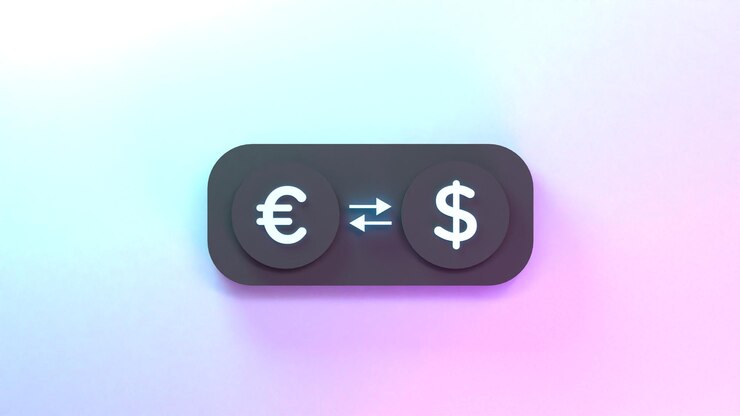The sense of competition in the banking industry has been growing pretty eminently since the previous decade.
Hence, if you can’t keep up with the core aspect of digitization, it won’t be possible for you to ace the industry. But, how do you do it? Well, in this case, opting for core banking software can be quite a choice for you.
For example, it can make all the proceedings much easier and simpler than before. Besides, a business can also get a bit more agile than it was before.
And, if you want, you can also automate all the “boring” tasks and focus on the “real” stuff. Sounds pretty amazing, right? We know, it does. However, before we implement the same in your business, you should learn a little about it first.
What Is A Core Banking Solution?
Core banking, in essence, is a back-end system, which processes various banking transactions through different branches of a bank. The system essentially comes with –

- Loan,
- Credit processing, and
- Deposit.
Apart from these, it can also offer servicing loans and help you create floating accounts for a user. In some cases, you can also use the same to perform customer relationship management activities, process withdrawals and deposits, and much more.
A core banking system generally aims at empowering an existing consumer to have a greater sense of freedom. And, it does so by making the transaction process much easier and simpler than before. And, each and everything under the same can be automated accordingly.
Types Of Core Banking Solutions
The category of core banking software can be segmented into two different divisions. Each of them comes with a unique feature or two of its own. So, it’s best to learn more about them.

1. On-Premise Solution.
This type of software usually focuses on a locally-hosted structure. It, in turn, helps it to offer more than one specific customization to the bank administration.
2. Cloud-Based Core Banking Software.
Unlike the former, this software program is hosted in the cloud. Hence, the cloud vendor can provide the application as a CaaS (Cloud as a Service) on a subscription-based method.
The Advantages Of A Core Banking Solution
If you can understand the core essence of the titular system, it can improve your efficiency to a massive extent. Keep reading to know more about this aspect.

Advantage – 1: Better Security.
A core banking software module generally uses an advanced encryption system to protect the infrastructure from malware. In addition to these, it can also help you create an excellent data security environment by offering two-factor authentication and bio-verification systems.
Advantage – 2: Higher Productivity Level.
The core banking platforms can effectively increase the operational efficacy of a company by increasing the connective efficiency between branches. As a result, a bank can process every possible transaction much faster than before regardless of the consumer’s location.
Advantage – 3: Decreased Operational Cost.
In a core banking solution, you can operate almost everything automatically. Hence, there’s no need to hire new people to do the same boring tasks again and again.
Additionally, the AI-powered structure can also boost the completion rate of an operation and decrease the risk of errors to some extent.
Advantage – 4: Availability Of More Than One Currency.
The transactional flexibility of a core banking solution tends to be pretty amazing as well. In this case, you won’t have to worry about getting errors while trading multiple currencies. And there’s no need to pay a huge amount price while you’re at it.
So, Should You Choose The Solution?
Now, here’s the moment of truth.
In our opinion, using a core banking solution can certainly be ideal for your organization. It’ll make your corporation much more agile than it was before. Besides, you’ll get to boost your overall efficiency with it as well.

However, there are a few things that you need to keep in mind before integrating the same into your business. For example, a failure in your core banking system can sometimes affect your organization and its branches as a whole.
Also, due to the complexity of the infrastructure, it’s quite prone to system failure too. And, it will take quite a lot of money to take care of the situation too. So, it’s best to learn about everything before choosing the solution and using it for your purpose.
Additionals:






















